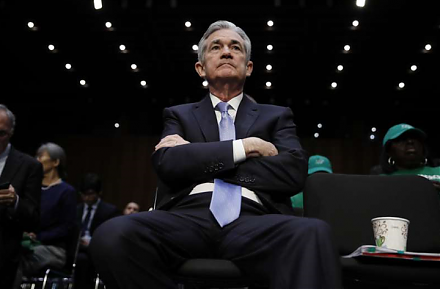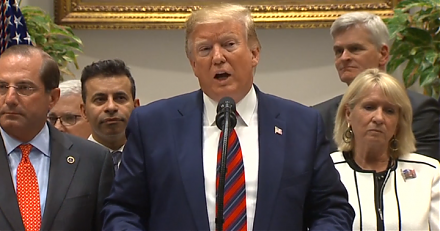

2019-07-30 15:33:00 Tue ET
stock market competition macrofinance stock return s&p 500 financial crisis financial deregulation bank oligarchy systemic risk asset market stabilization asset price fluctuations regulation capital financial stability dodd-frank
All of the 18 systemically important banks pass the annual Federal Reserve stress tests. Many of the largest lenders announce higher cash payouts to shareholders in the wake of the stress test results as of mid-2019. The total cash dividends and share repurchases can exceed $150 billion.
In response, Deutsche Bank experiences 4%+ share price gains, and JPMorgan Chase, Bank of America, and Goldman Sachs reap sharp share price increases about 2%. All of these banks now maintain more than 4.5% common equity Tier 1 capital ratios, and their supplemental bank leverage ratios are well above the 3% regulatory minimum requirement. As the annual Federal Reserve macro stress test results indicate, all of the systemically important banks hold sufficient core equity capital to safeguard against extreme losses that might arise in rare times of severe financial stress. As a result, the Federal Reserve expects these banks to remain profitable with better survival likelihood to disgorge cash to their shareholders in adverse macroeconomic scenarios. Specific macroeconomic scenarios include a 30% decline in real estate prices and a high unemployment rate with double digits. Overall, all the systemically important banks can absorb severe post-crisis losses with sufficient cash capital utilization for subsequent shareholder payout.
If any of our AYA Analytica financial health memos (FHM), blog posts, ebooks, newsletters, and notifications etc, or any other form of online content curation, involves potential copyright concerns, please feel free to contact us at service@ayafintech.network so that we can remove relevant content in response to any such request within a reasonable time frame.
2018-07-09 09:39:00 Monday ET

The Federal Reserve raises the interest rate again in mid-2018 in response to 2% inflation and wage growth. The current neutral interest rate hike neither b
2019-09-11 09:31:00 Wednesday ET

Central banks in India, Thailand, and New Zealand lower their interest rates in a defensive response to the Federal Reserve recent rate cut. The central ban
2017-05-01 09:45:00 Monday ET

Apple now pursues an early harvest strategy that focuses on extracting healthy profits from a relatively static market for the Mac, iPhone, and iPad, all of
2017-05-19 09:39:00 Friday ET

FAMGA stands for Facebook, Apple, Microsoft, Google, and Amazon. These tech giants account for more than 15% of market capitalization of the American stock
2019-05-05 10:34:00 Sunday ET

Former Vice President Joe Biden enters the next U.S. presidential race with many moderate-to-progressive policy proposals. At the age of 76, Biden stands ou
2019-05-11 10:28:00 Saturday ET

The Trump administration still expects to reach a Sino-U.S. trade agreement with a better mechanism for intellectual property protection and enforcement. Pr